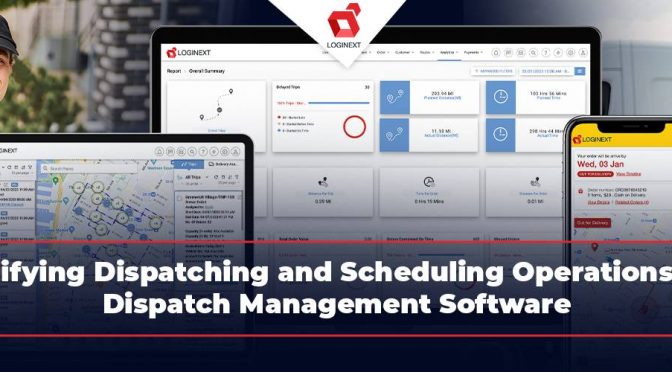
This article describes how a logistics company can benefit from dispatch management software. It explains how dispatchers can easily assign orders, optimize routes, and track the progress of their drivers.
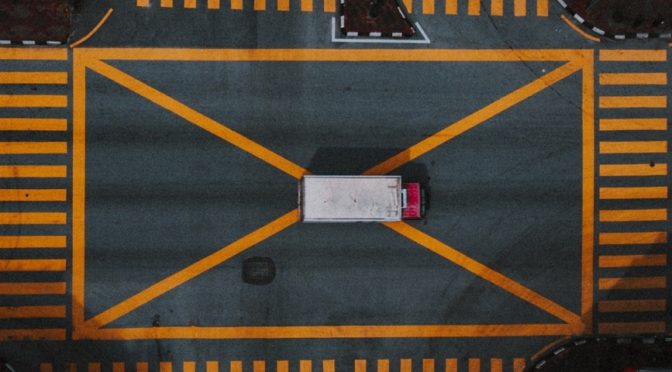
At the pace of current development, machine learning enabled delivery route optimization is the key to sustaining your brand to be consistently relevant for the upcoming future. To ensure that five years down the line you down get sidelined, get the right tech now.
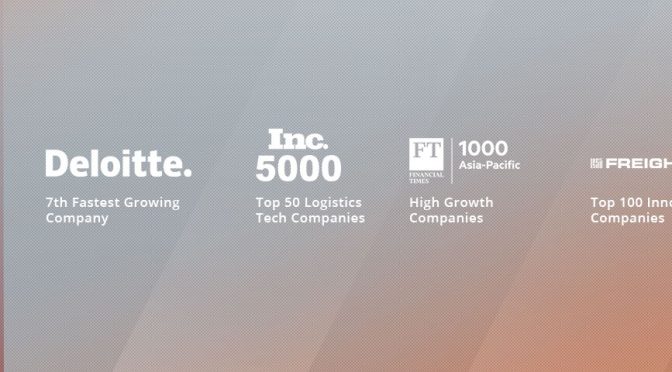
Tech is driving industries faster and faster. CAGR is keenly watched everywhere. Such tech needs leaders, and LogiNext has claimed its place, time and again, at the top of the chain.
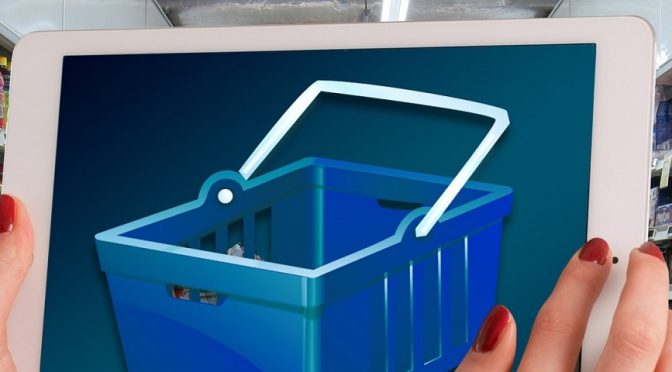
Retail and e-commerce are moving fast and merging along the line into a singular platform. What is driving this behavior for these mega-entities? What is the one factor which is bringing all of retail and e-commerce onto one platform?
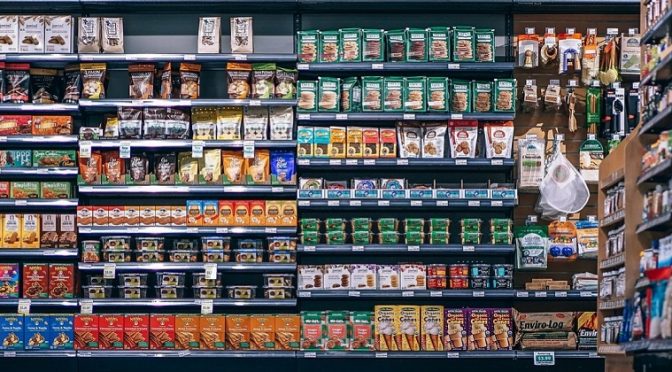
Retail, as we grown to recognize it, might not exist in the near future. This isn’t another retail doom warning. On the contrary, it’s about how the retail and e-commerce space is fast evolving. These players must give convenience wrapped in a neat delivery experience.
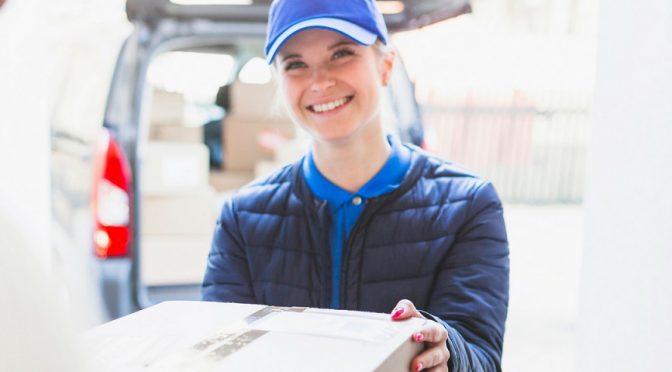
Companies can compete by making a better product. But it’s no longer enough. The company also must create a great delivery experience for the customer. Proper logistics movement optimization is key, not just to ensure quick and on-time deliveries, but also to boost customer satisfaction and retention.
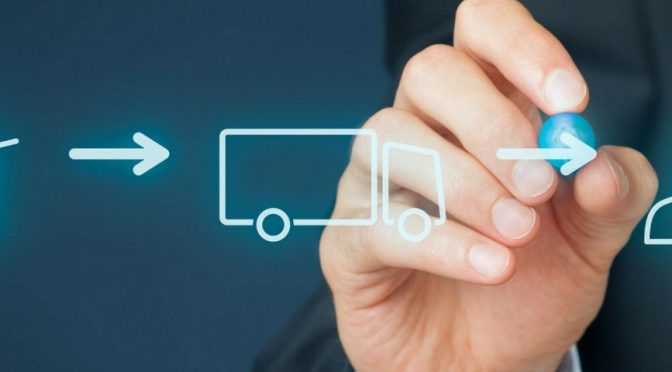
Ever wondered how some of these big-name e-commerce companies across the globe manage international sales events? It is only possible with tech creating shorter delivery routes and more successful (on-time) deliveries per day. This tech is the crux of what makes same-day delivery, not just a phenomenon but a reality.
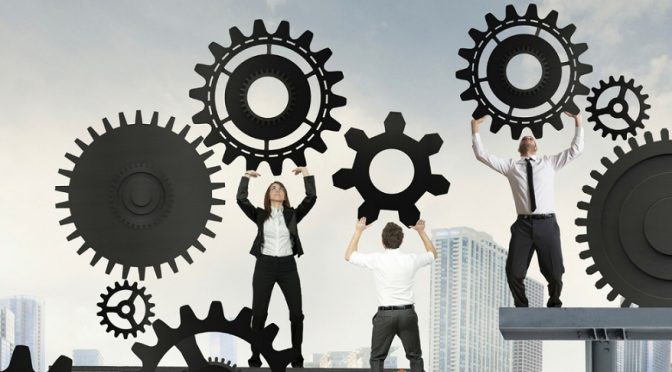
Tech adoption and change management go hand in hand. You may invest billions in the latest tech, but if your people aren’t using it properly and getting the most benefit out of it, you would never see the full extent of benefits. How to avoid this? Train your folks in the best way of doing things.
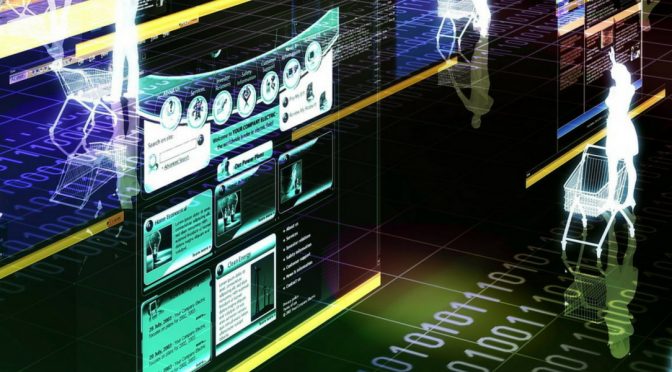
The World Bank has said logistical costs swallow up around a quarter of Indonesia’s gross domestic product, citing bottlenecks in supply chains, long dwelling times in ports and lengthy trade clearances. Indonesia’s e-commerce sales are set to rise from 3 percent of retail activity now to 19 percent by 2027, Morgan Stanley estimates.
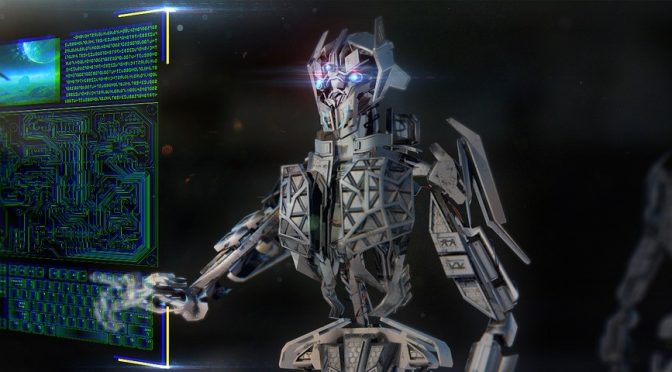
People have talked about the Internet of Things (IoT) in diverse terms, but what is it? IoT is the interaction and exchange of data amongst various connected devices and entities over the Internet, which then function towards singular goals. It’s like having a virtual connected universe, where you customize almost all your electronic interactions.

